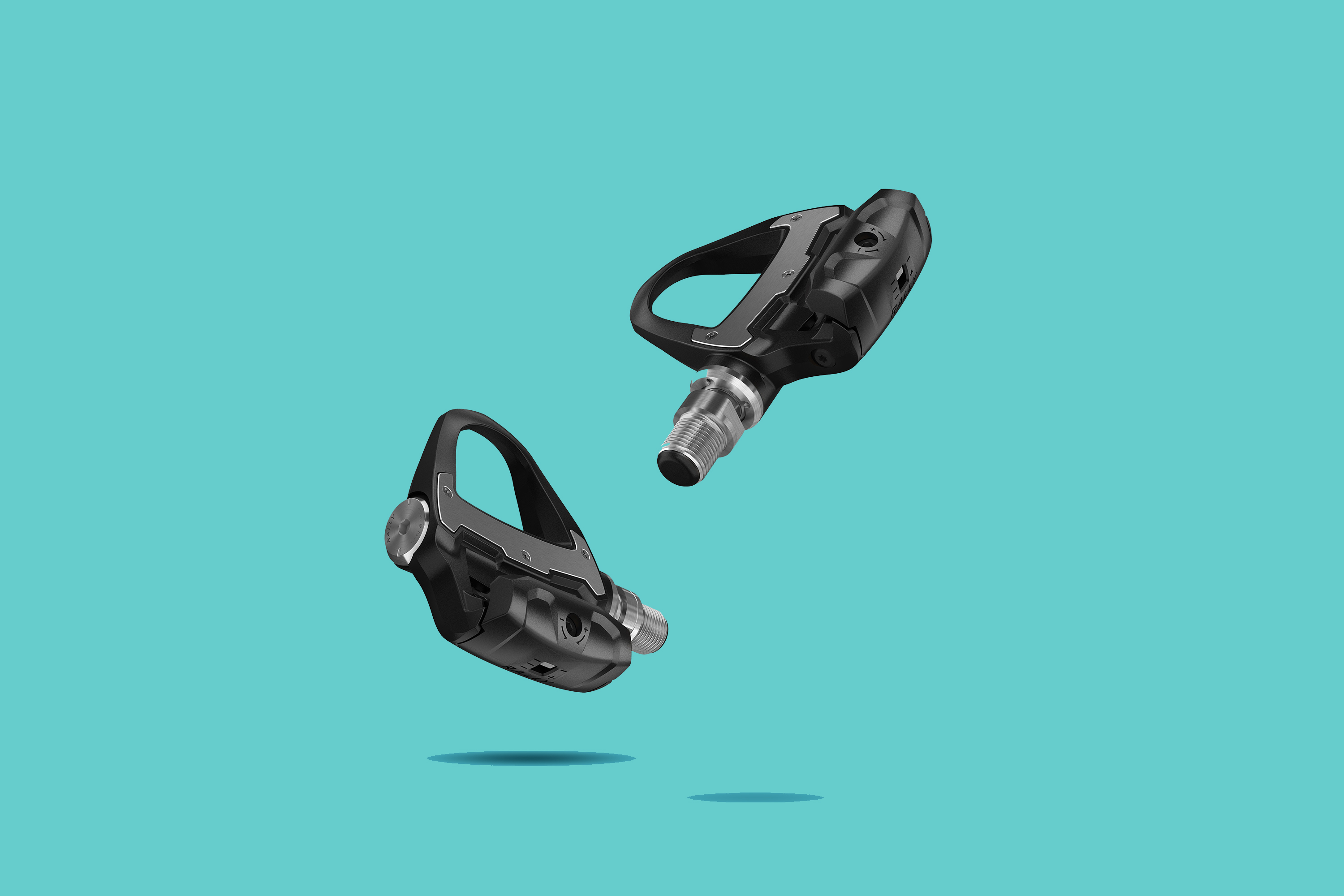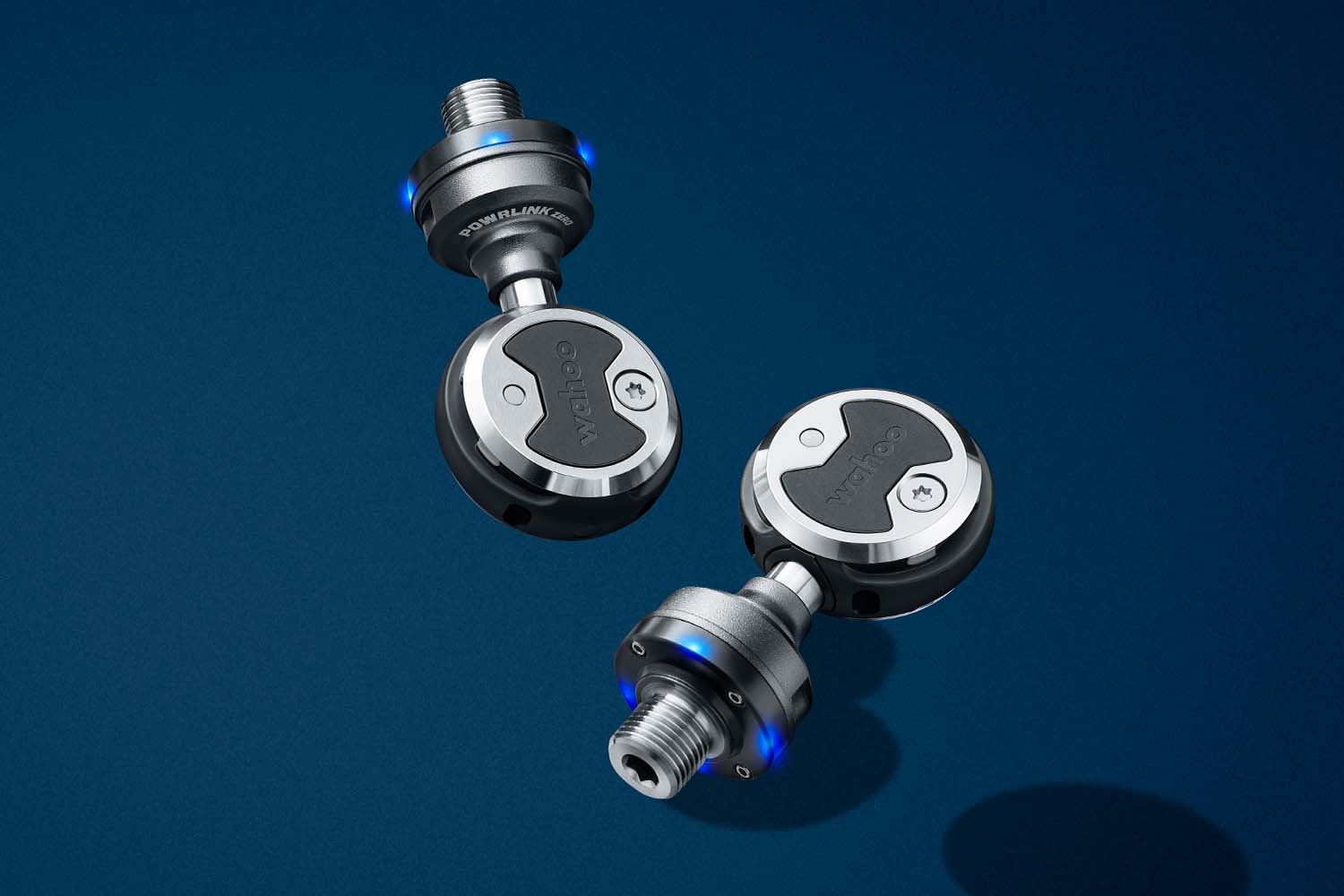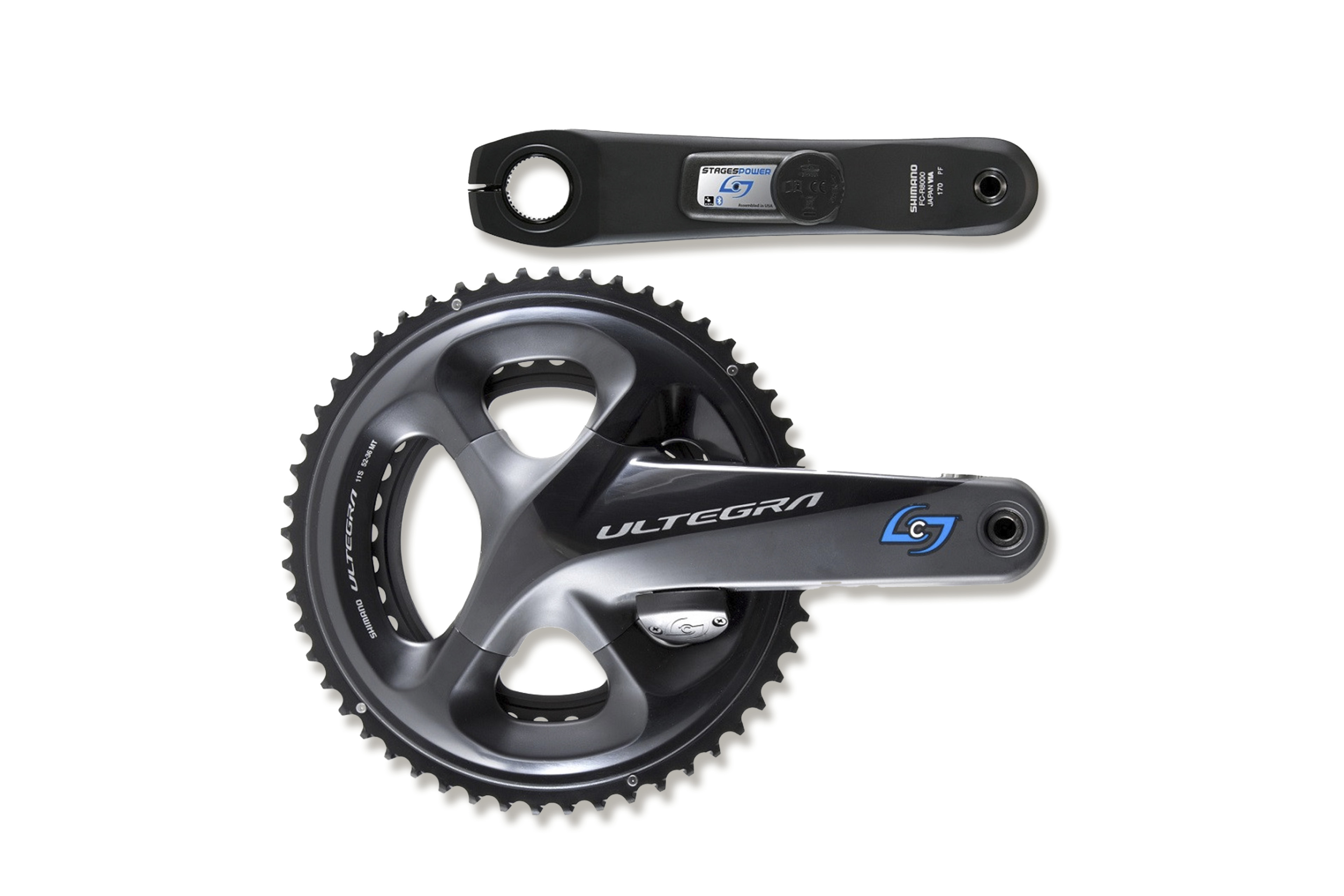Best power meters for triathletes in 2025
A power meter is the go-to tool to accurately measure your effort on the bike so you don’t blow up on the run. Here are some of the best you can choose from…

Put simply, the power you put into riding a bike is what you get back on the road. And monitoring that power via one of the market’s best power meters has many benefits for triathletes…
Here, we’ve put a handful of popular options to the test to see which might suit you best. If you want more information about what is a power meter and the benefits of power meters, you can jump down to our explainer after the reviews.
Tried and tested: best power meters for triathletes at a glance
- Best power meter for accuracy: Garmin Rally RS200 | Buy now from Tredz
- Best power meter for Speedplay fans: Wahoo Speedplay Powrlink Zero | Buy now from eBay
- Best power meter for triathletes: Favero Assioma Duo-Shi | Buy now from Amazon
Four of the best power meters for triathletes
Best power meter for accuracy
Garmin Rally RS200

220 Triathlon verdict
A huge outlay but, as you’d expect from Garmin, they proved highly accurate and reliable.Score: 87%
Pros
- Accuracy
- Easy to switch between bikes
- App compatibility
Cons
- Price
- £929.99 / $1,099.99
Garmin claims its dual-sided Rally power pedals are accurate to +/-1%, something we’ve found to be correct compared to other reliable power meters many times, having had them on long-term test.
They’re powered by coin cell batteries. Despite using them in treacherous conditions we’ve never experienced significant damage or water ingress.
Our test pair are compatible with Shimano SPD-SL cleats (other versions are available). They weigh just 320g for the pair, comparable with other lightweight road pedals.
You can link to most third-party apps, analyse loads of data with Garmin’s Cycling Dynamics. Calibration is quick and easy via Bluetooth or ANT+.
It’s not often things come down in price nowadays, but the Rally pedals are £40 less than when they last appeared the pages of 220.
That’s still a huge outlay, but if you invest then Garmin’s offering is arguably more aesthetically pleasing. You can swap the pedal bodies for mountain bike versions if you also ride trails.
Read our full Garmin Rally RS200 review here.
Best power meter for Speedplay fans
Wahoo Speedplay Powrlink Zero Dual-Sided Pedals

220 Triathlon verdict
Pricey and specialist, but accurate and appealing for Speedplay fans. Score: 79%
Pros
- Accurate power readings.
- Dual-sided entry
Cons
- Not the easiest to clip into
- Complicated to set up
- £849.99 / $999.99
Wahoo’s Powrlink Zero takes the Speedplay Zero design, which allows you to clip in on both sides, and adds power that is claimed to be accurate to the tune of +/-1%. They’re rechargeable and weigh 138g without cleats.
The cleat set-up is a faff compared to other systems. But an advantage of the Speedplay system is the ability to adjust float easily via a single screw.
After attaching to our bike, pairing with the Wahoo app and calibrating, we found clipping in tough to begin with. It wouldn’t be our preference for training rides.
We appreciated the low 13mm stack height that makes you feel connected to the bike, and the power meter itself was tracking very accurately in testing against a Quarq dual-sided crank.
Wahoo claims ‘temperature compensation’ technology ensures accuracy isn’t compromised in very hot or cold weather. While we’d struggle to justify splashing out over more affordable options, Speedplay afficionados won’t be disappointed.
Read our full Wahoo Speedplay Powrlink Zero review here.
Stages Power LR – Ultegra R8000

220 Triathlon verdict
A great fit-and-forget option, but not as transferrable as pedals, so less practical for triathletes. Score: 89%
Pros
- Huge range of choice
- Accuracy
- Decent value
Cons
- Not easy to switch between bikes
- £715 / $789.99
Stages offers its power cranks in numerous single and double-sided guises, with our double-sided test unit fitted to a previous generation Shimano Ultegra crankset.
Assuming your old chainrings are the same size, set-up involves removing your crankset and simply sliding in this replacement: a quick, painless task requiring minimal tools.
There’s an app to calibrate and check battery life, and connection to GPS devices is quick via Bluetooth or ANT+.
Stages claims individual unit calibration ensures ‘real measurement and not just an estimation’, with accuracy all but guaranteed at +/-1.5%. Against our Assioma and Garmin pedals, the Stages tracked within 1% of the former and between 1.5-2% of the latter, with no unusual peaks or troughs.
As cranksets can’t move between bikes easily, they might be less practical than power pedals for triathletes, but if you’re due a crankset upgrade and want to add power, Stages’ offering is precise and not too expensive.
Best power meter for triathletes
Favero Assioma Duo-Shi

220 Triathlon verdict
Accurate and affordable, but we slightly prefer the Keo-compatible option. Score: 92%
Pros
- Value
- Decent accuracy
- Easy to charge
Cons
- Increased stance width
- £545 / $589
Assioma power pedals have proved very popular since launching in 2017, but fans of Shimano’s pedal and cleat system were excluded until 2021, when Favero answered them with the DUO-Shi.
Instead of full pedals, you get pedal axles with power sensors embedded in, that can be retrofitted onto existing PD-series Shimano pedals.
We fitted ours to Shimano Ultegra PD-R8000 pedals, and you just need an Allen key to fit to your bike before pairing with the Assioma app to calibrate and perform firmware updates.
Accuracy was around +/-1% of our baseline, while they’ve proved very reliable in testing and recharging via USB cables is simple.
A stumbling block for some could be the increased stance width the DUO-Shi will induce, as these axles put your feet apart an extra 9mm compared to the standard DUO.
If you don’t mind this, or even prefer a wider stance, Favero’s system is excellent and priced fairly (though the quoted cost doesn’t include customs), so comes highly recommended.
Also consider…
PowerTap G3
The hub-based unit is easy to pair, wakes with a spin and calibrates quickly. Throughout our testing, the hub remained consistent with no bad data and no problems at low cadence or during sprints.
The big, obvious downside to the 325g G3 is that you’re constrained to training with one particular wheel. If you need to use several wheelsets, or think you would like the option to upgrade, a crank or pedal system makes more sense.
SRM PowerMeter
The SRM is the granddaddy of power meters, launched back in the early ’90s. It hasn’t really moved with the times – it still requires a frame magnet for cadence, there’s no independent left/right measurement and you have to send it away to get the non-rechargeable batteries swapped, though they last for 2,000-3,000 hours.
In its favour is the fact that it handles temperature variations superbly, and you can rely on its data being accurate and consistent.
Stages 9000 G2
It was Stages who first made power meters affordable with its brilliantly simple left-side crank design.
The second generation (G2) is much more robust, includes carbon cranks for the first time and the range begins with the 105 version, costing £359.
Battery life of the coin cell CR2032 is claimed to be over 200 hours, and the Stages meter is compatible with TrainingPeaks, Strava and Garmin Training. It’s accurate and adds just 20g to the weight of the crank arm.
How we tested
Former 220 Triathlon writer and current road.cc editor Jack Sexty is a highly experienced gear reviewer and tested these power meters over a series of rides.
He looked at aspects such as accuracy, value and ease of assembly, keeping in mind that you may want to swap them between bikes.
What is a power meter?
A power meter is a device that will, not surprisingly, measure the power output that you are generating as you pedal.
These little sensors come in several different forms, including crank-based power meters, pedal-based power meters and those that are mountain in the hubs of your wheels.
Crank or pedal-based power meters are usually available in both single-sided guises and double-sided guises. The former is typically cheaper, but can sometimes provide less accurate power readings because it takes the reading from one side and then doubles it.
Double-sided options, on the other hand, are typically more accurate and sometimes also provide additional metrics such as pedal stroke and cycling dynamics, including the power balance across both legs.
Once you’ve connected your power meter to a compatible device, such as a bike computer, you can view your power output. Why is that handy? Well…
What are the benefits of power meters?
The biggest benefit is pacing. When using a power meter paired with a bike computer, you can monitor your output and make sure you don’t push too hard, which could otherwise negatively affect your run performance.
Another benefit is the ability to spot early signs of fatigue. By assessing actual work done, rather than inaccurate metrics like average speed or feel, you can catch signs that your body isn’t quite on it. And unlike heart rate, which can be affected by things such as nerves, weather or cardiac drift, power is unaffected by external variables.
Here, we’ve put a handful of popular options to the test to see which might suit you best. For these power meter reviews we’ve tested over a series of rides, looked at aspects such as accuracy, value and ease of assembly, keeping in mind that you may want to swap them between bikes. Right, on with the reviews!




